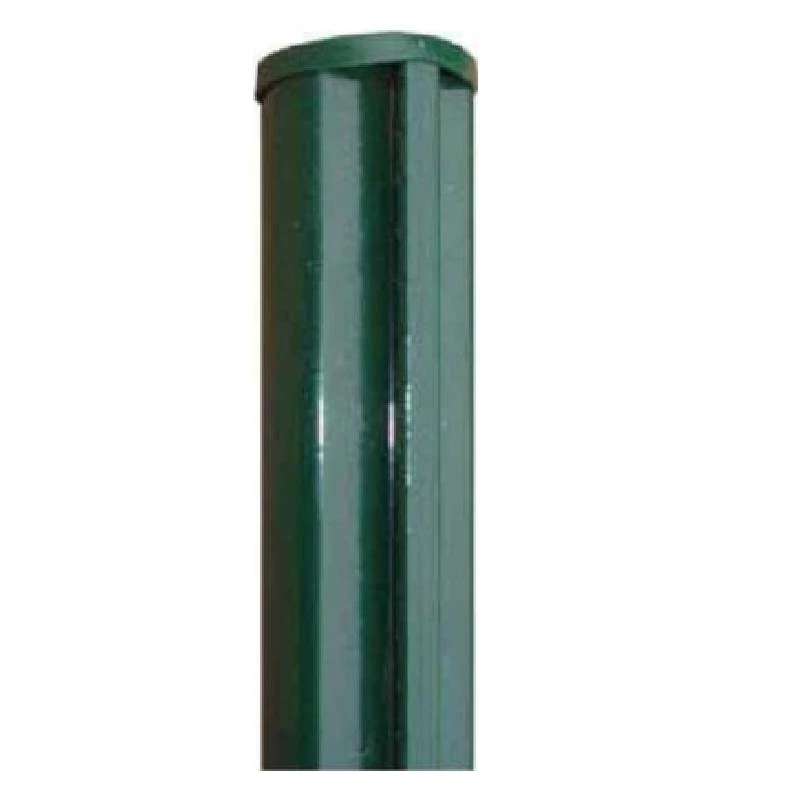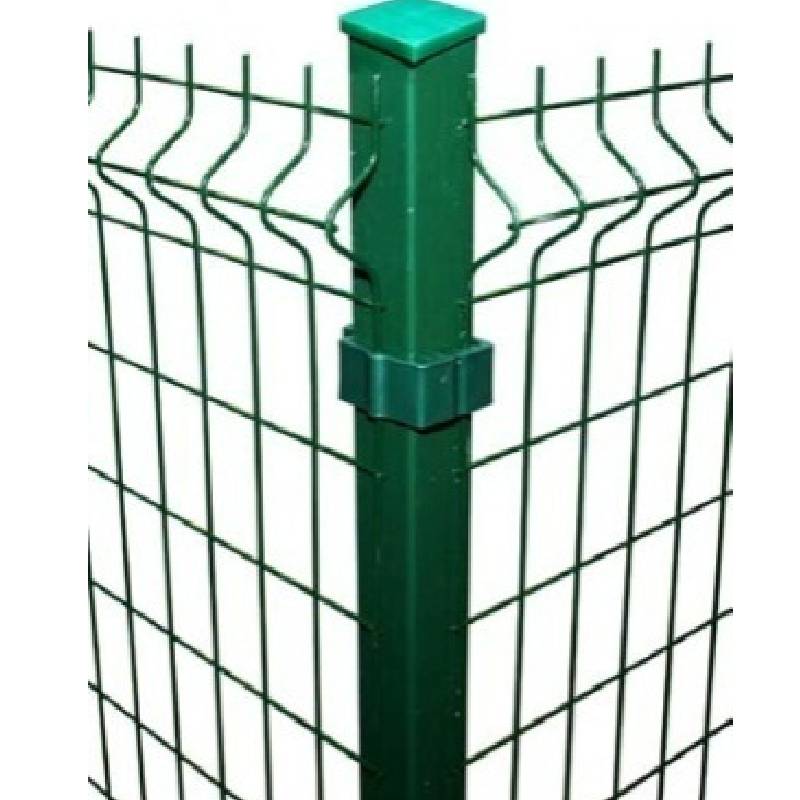-
E-post:zhao@hyliec.cn
-
Tel:+86 311 85273988
-
WhatsAPP:8613931128750
-
 Aafrika
Aafrika -
 albaanlane
albaanlane -
 amhari
amhari -
 araabia keel
araabia keel -
 armeenlane
armeenlane -
 Aserbaidžaan
Aserbaidžaan -
 baski keel
baski keel -
 valgevenelane
valgevenelane -
 bengali
bengali -
 bosnia keel
bosnia keel -
 bulgaaria keel
bulgaaria keel -
 katalaani
katalaani -
 Cebuano
Cebuano -
 Korsika
Korsika -
 Horvaatia
Horvaatia -
 Tšehhi
Tšehhi -
 taani keel
taani keel -
 hollandi keel
hollandi keel -
 Inglise
Inglise -
 esperanto
esperanto -
 eesti keel
eesti keel -
 soome keel
soome keel -
 prantsuse keel
prantsuse keel -
 friisi keel
friisi keel -
 Galicia
Galicia -
 Gruusia keel
Gruusia keel -
 saksa keel
saksa keel -
 kreeka keel
kreeka keel -
 gudžarati
gudžarati -
 Haiti kreool
Haiti kreool -
 hausa
hausa -
 havai
havai -
 heebrea keel
heebrea keel -
 Ei
Ei -
 Miao
Miao -
 ungari
ungari -
 islandi
islandi -
 igbo
igbo -
 Indoneesia
Indoneesia -
 iirlane
iirlane -
 itaalia keel
itaalia keel -
 Jaapani
Jaapani -
 jaava keel
jaava keel -
 kannada
kannada -
 kasahhi
kasahhi -
 khmeerid
khmeerid -
 Rwanda
Rwanda -
 korea keel
korea keel -
 kurdi
kurdi -
 kirgiisi
kirgiisi -
 TB
TB -
 ladina keel
ladina keel -
 lätlane
lätlane -
 Leedu
Leedu -
 Luksemburgi keel
Luksemburgi keel -
 makedoonlane
makedoonlane -
 Malgashi
Malgashi -
 malai
malai -
 malajalami
malajalami -
 malta keel
malta keel -
 maoorid
maoorid -
 marati
marati -
 mongoli keel
mongoli keel -
 Myanmar
Myanmar -
 Nepali
Nepali -
 norra keel
norra keel -
 norra keel
norra keel -
 oksitaan
oksitaan -
 puštu
puštu -
 pärslane
pärslane -
 poola keel
poola keel -
 portugali keel
portugali keel -
 pandžabi
pandžabi -
 rumeenlane
rumeenlane -
 vene keel
vene keel -
 Samoa
Samoa -
 šoti gaeli keel
šoti gaeli keel -
 serblane
serblane -
 Inglise
Inglise -
 Shona
Shona -
 Sindhi
Sindhi -
 singali keel
singali keel -
 slovaki
slovaki -
 Sloveenia
Sloveenia -
 Somaalia
Somaalia -
 hispaania keel
hispaania keel -
 sundalane
sundalane -
 suahiili keel
suahiili keel -
 rootsi keel
rootsi keel -
 tagalog
tagalog -
 tadžiki
tadžiki -
 tamili keel
tamili keel -
 tatarlane
tatarlane -
 telugu
telugu -
 Tai
Tai -
 türgi keel
türgi keel -
 türkmeen
türkmeen -
 ukrainlane
ukrainlane -
 urdu
urdu -
 uiguurid
uiguurid -
 usbeki
usbeki -
 vietnamlane
vietnamlane -
 kõmri
kõmri -
 Abi
Abi -
 jidiš
jidiš -
 joruba
joruba -
 suulu
suulu
Vehklemispost
What Type Of Fence Post Is Best?
The best type of fence post depends on various factors such as the type of fence, local climate, soil conditions, and personal preferences. Common options for fence posts include:
1. Round steel posts: Round steel posts are a traditional and versatile choice, suitable for various fence types. They can be treated to resist rot and decay, but may require maintenance over time.
2. Square steel posts and rabbet posts offer durability and strength, making them suitable for supporting heavy or high-security fences. They are resistant to rot and insect damage.
3. Steel round posts/ square posts/ rabbet with base plate: They are suitable to install on the concrete ground, and fixed by concrete nails.
What Size Is A Fence Post?
Fence posts come in various sizes, typically having Φ32 Φ34 Φ38 Φ48 Φ60 Φ80 for round steel posts and 40x40 60x60 40x60 60x60 80x80 100x100 etc for square tube posts in dimension. The specific size of a fence post depends on the type of fence being installed, the height and weight of the fence panels, and the local building codes or regulations. It's important to select the appropriate size of fence post to ensure stability and structural integrity for the specific fencing project. Consulting with a professional or referring to local building codes can provide guidance on the recommended size of fence posts for a particular application.
Fence Post FAQ:
What type of fence post is best?
The best type of fence post depends on various factors such as the type of fence, local climate, soil conditions, and personal preferences. Common options for fence posts include round steel posts, square steel posts and rabbet steel posts, posts with base plate or without base plate. Each type has its own advantages and considerations, so it's important to choose the most suitable option based on the specific requirements of the fence project.
What size is a fence post?
Fence posts come in various sizes, typically typically having Φ32 Φ34 Φ38 Φ48 Φ60 Φ80 for round steel posts and 40x40 60x60 40x60 60x60 80x80 100x100 etc for square tube posts in dimension. The specific size of a fence post depends on the type of fence being installed, the height and weight of the fence panels, and local building codes or regulations. It's important to select the appropriate size of fence post to ensure stability and structural integrity for the specific fencing project.
How to install a panel fence?
Paneling a fence involves several steps, including measuring and planning, installing the posts, attaching the panels, adding finishing touches, and performing regular maintenance. It's important to follow the manufacturer's instructions and local building codes when paneling a fence to ensure proper installation and compliance with regulations. If in doubt, it's advisable to consult with a professional or seek guidance from experienced individuals.






